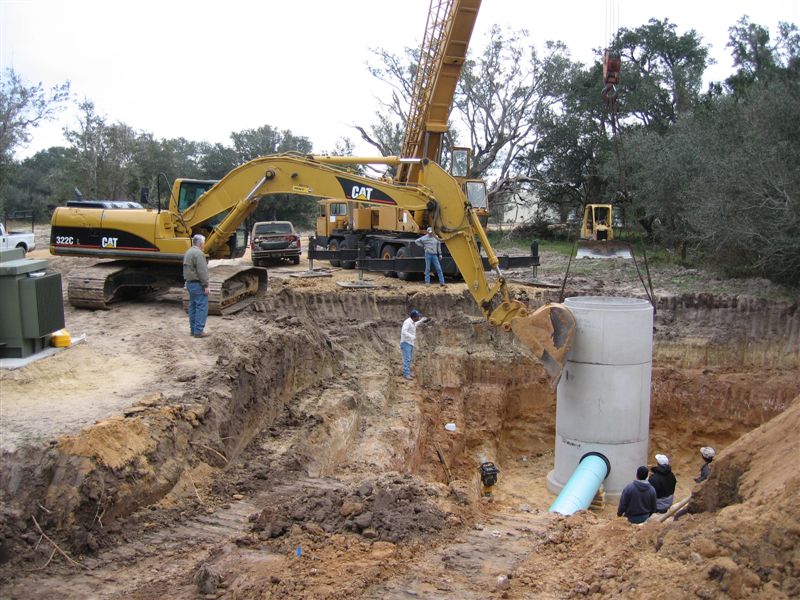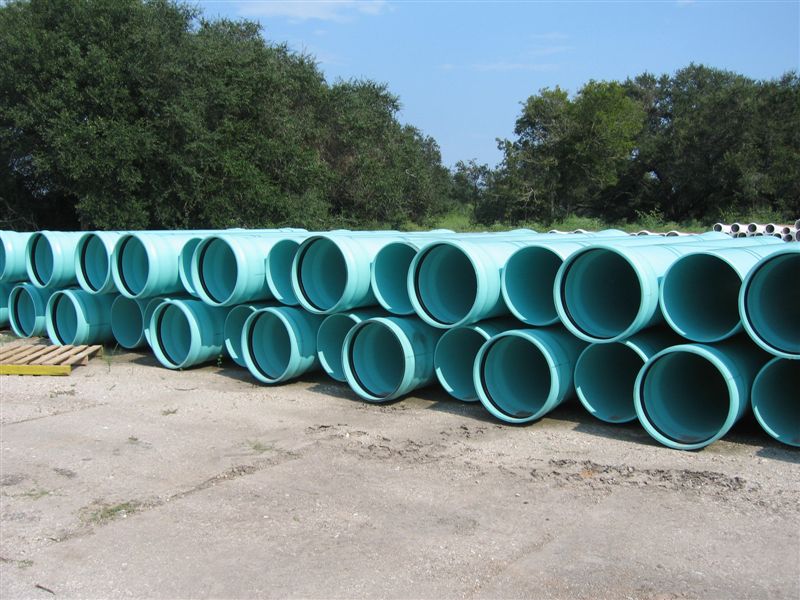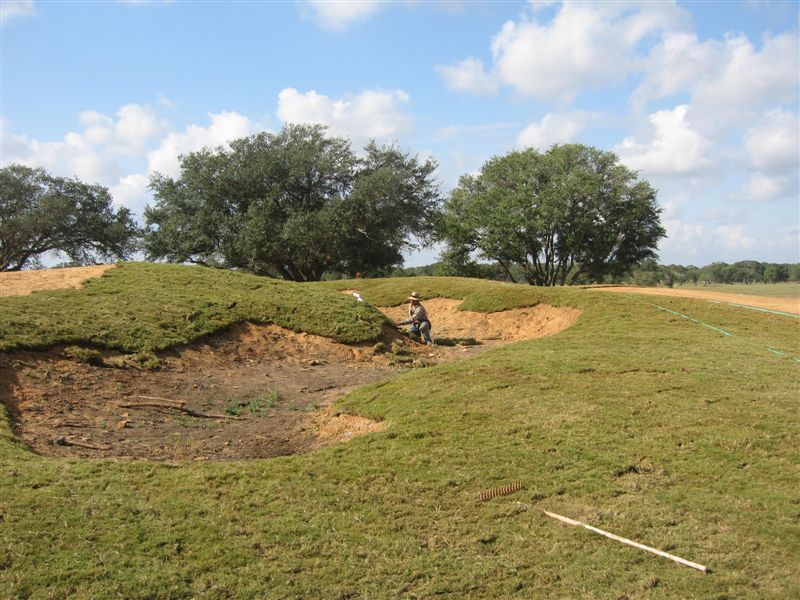 The cold season is upon us. It was a chilly 70 degrees today in Houston – a few warmer at the golf course. Don was determined to not use any sod at all for the grassing -- if we didn't have the rainiest year ever I'm sure he would have succeeded. Sod is more costly as compared with spriging -- many modern courses sod the entire golf course at an expense between 1/2 & 1 Million US dollars (sprigging is a small fraction of that expense). When sprigging we also control the plant’s growing medium, either sand or sandy loam and all the nutrients – sod farms usually grow their grass in Texas gumbo soils – although our sod farm is top notch. The sprigs also get trained from an early age towards our final maintenance practices -- deep infrequent watering. (Golf turf bermuda grasses are either sprigged or sodded -- there are no seeds)
The cold season is upon us. It was a chilly 70 degrees today in Houston – a few warmer at the golf course. Don was determined to not use any sod at all for the grassing -- if we didn't have the rainiest year ever I'm sure he would have succeeded. Sod is more costly as compared with spriging -- many modern courses sod the entire golf course at an expense between 1/2 & 1 Million US dollars (sprigging is a small fraction of that expense). When sprigging we also control the plant’s growing medium, either sand or sandy loam and all the nutrients – sod farms usually grow their grass in Texas gumbo soils – although our sod farm is top notch. The sprigs also get trained from an early age towards our final maintenance practices -- deep infrequent watering. (Golf turf bermuda grasses are either sprigged or sodded -- there are no seeds)
Well with only a bunch of grassing days left it was decided we'd need some sod to finish. It looks very much like it will be completely grassed by early next week -- "grassed out" is the industry term. I'm still rooting for an Indian Summer to keep everything growing.In the picture above the crew is sodding around a drain basin. Water collects at the basin while watering -- it is too wet during the heavier demands of growing in the sprigs. The sod gives the area a great big head start. The black plastic pipe is the basin before trimming. The pipe is perforated to allow water in and keep soil infiltration to a minimum -- this one flows back into our irrigation lake. After sodding we trim it and install a small green color drain grate.
Congratulations everyone. I’ll be bringing a lot more beers on my next couple visits.
 It can run higher (1800 gpm), but in the picture the pump station is flowing 1493 gallons per minute at 98 psi. The lower the pressure the more efficient. It isn't uncommon to have pumps running at 125+ psi and higher. We do not have to traverse any mountains.
It can run higher (1800 gpm), but in the picture the pump station is flowing 1493 gallons per minute at 98 psi. The lower the pressure the more efficient. It isn't uncommon to have pumps running at 125+ psi and higher. We do not have to traverse any mountains.

















